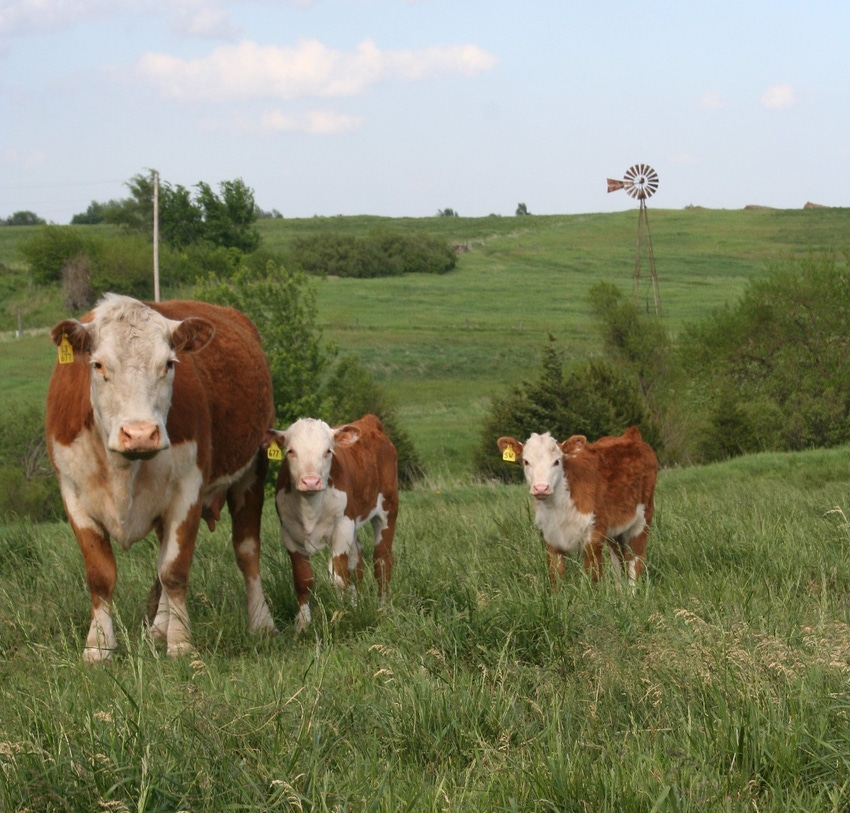Proactive Protection: Bagley Risk Management Techniques
Proactive Protection: Bagley Risk Management Techniques
Blog Article
Key Elements to Think About When Deciding On Livestock Risk Security (LRP) Insurance Policy
When assessing alternatives for Livestock Threat Protection (LRP) insurance, a number of key variables require mindful consideration to make certain effective danger management in the agricultural field. Choosing the appropriate coverage choices tailored to your certain animals operation is vital, as is understanding exactly how exceptional costs correlate with the level of defense used.
Protection Options
When thinking about Livestock Danger Security (LRP) insurance coverage, it is vital to comprehend the different coverage options available to mitigate threats in the farming field. Animals Danger Security (LRP) insurance coverage uses different protection choices tailored to meet the diverse demands of animals manufacturers.
An additional crucial protection choice is the endorsement duration, which determines the size of time the protection is in effect. Manufacturers can pick the endorsement period that ideal fits their production cycle and market problems. Furthermore, coverage degrees and rates differ based upon the sort of animals being guaranteed, giving manufacturers the versatility to customize their insurance policy intends according to their particular requirements.
Recognizing the various coverage alternatives offered under Animals Danger Defense (LRP) insurance coverage is essential for manufacturers to make educated choices that efficiently shield their livestock procedures from market uncertainties.
Costs Costs

Animals Danger Security (LRP) insurance coverage offers vital protection choices tailored to mitigate threats in the farming market, with a considerable element to consider being the calculation and framework of premium expenses. These include the type and number of livestock being guaranteed, the insurance coverage level chosen, the existing market rates, historical price information, and the length of the coverage duration.
Premium expenses for LRP insurance are usually calculated based upon actuarial data and risk analysis designs. Insurance providers analyze historic data on animals costs and production prices to identify an appropriate costs that shows the level of risk entailed. It is necessary for animals producers to carefully review premium expenses and insurance coverage choices to ensure they are properly shielded versus prospective financial losses due to damaging market problems or unanticipated events. By understanding just how exceptional costs are calculated and structured, producers can make enlightened choices when choosing the best LRP insurance coverage for their operation.
Qualified Animals
The decision of qualified livestock for Livestock Risk Security (LRP) insurance coverage entails cautious factor to consider of particular standards and features. Animals types that are commonly eligible for LRP insurance coverage include feeder livestock, fed swine, lambs, and cattle. These animals must meet specific certifications associated to weight ranges, age, and planned usage. Additionally, the eligibility of livestock might differ based on the specific insurance coverage supplier and the terms of the policy.
Feeder cattle, for instance, are generally eligible for LRP coverage if they fall within specified weight arrays. Lambs are another classification of animals that can be taken into consideration for LRP insurance coverage, with variables such as weight and age playing an essential duty in establishing their eligibility.
Before selecting LRP insurance policy for livestock, producers should thoroughly review the eligibility requirements laid out by the insurance policy supplier to ensure their pets satisfy the needed demands for insurance coverage.
Policy Flexibility
Plan versatility in Livestock Threat Defense (LRP) insurance policy enables manufacturers to customize protection to match their particular requirements and risk administration approaches. This versatility encourages livestock manufacturers to tailor their insurance Visit This Link policy plans based on factors such as the kind of livestock they possess, market problems, and private risk tolerance degrees. By providing personalized choices, LRP insurance policy allows manufacturers to efficiently handle their threat exposure while guarding their livestock operations versus unforeseen market volatility.
Cases Process
Upon experiencing a loss or damage, manufacturers can initiate the claims procedure for their Animals Risk Security (LRP) insurance policy by promptly contacting their insurance policy company. It is crucial for producers to report the loss asap to quicken the cases process. When connecting to the insurance coverage supplier, manufacturers will need to provide thorough details regarding the event, consisting of the date, nature of the loss, and any kind of pertinent documentation such as veterinary documents or market value.

After the evaluation is full, the insurance company will certainly decide concerning the case and communicate the outcome to the manufacturer. The manufacturer will certainly obtain compensation according to the terms of their Animals Danger Security (LRP) insurance plan if the insurance claim is accepted. It is important for manufacturers to be acquainted with the claims process to guarantee a smooth experience in case of a loss

Verdict
To conclude, when choosing Livestock Risk you could try these out Protection (LRP) insurance policy, it is necessary to think about insurance coverage options, premium costs, qualified livestock, plan versatility, and the claims process. These crucial factors will assist make certain that farmers and ranchers are sufficiently secured versus potential dangers and losses associated with their livestock operations. Making a notified choice based upon these considerations can eventually bring about far better monetary safety and satisfaction for livestock producers.
Animals Threat Defense (LRP) insurance coverage supplies different insurance coverage alternatives tailored to meet the varied demands of animals manufacturers.The determination of qualified livestock for Animals Danger Security (LRP) insurance protection involves careful consideration of certain requirements and characteristics.Policy adaptability in Livestock Risk Defense (LRP) insurance permits producers to customize insurance coverage to fit their specific demands and risk management approaches.Upon experiencing a loss or damage, manufacturers can initiate the claims process for their Livestock Threat Security (LRP) insurance policy by quickly calling their insurance coverage copyright.In verdict, when selecting Animals Threat Protection (LRP) insurance, it is necessary to consider coverage options, premium costs, eligible animals, plan adaptability, and the claims process.
Report this page